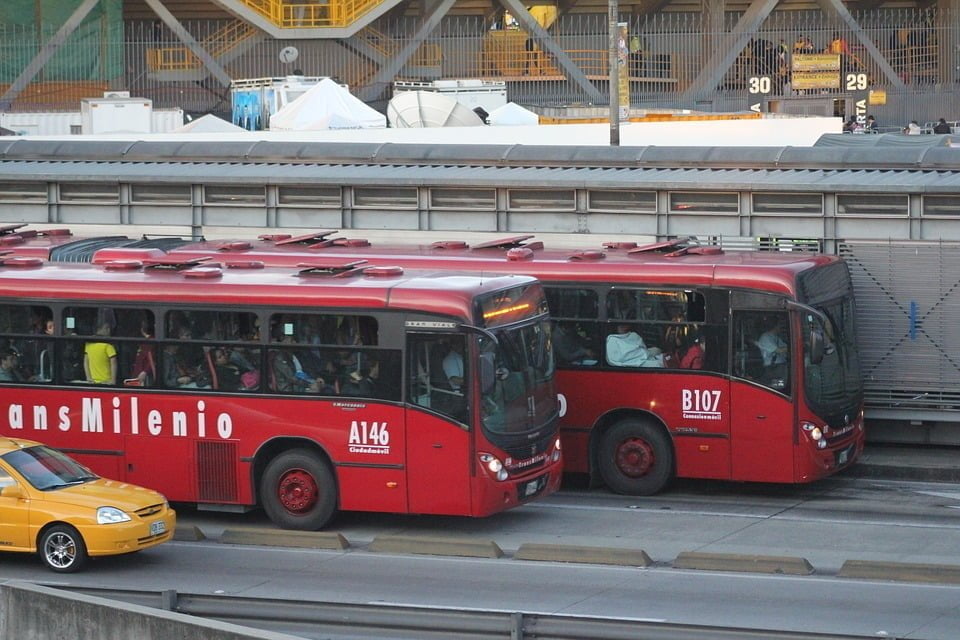Forbes: Transportation Business Models Are Broken. It’s Time To Fix Them
The COVID-19 crisis response abruptly upended our daily working, learning and social patterns and the typical mobility options we use to get there and back. We started with the trigger event shutting everything down. We immediately moved to the triage phase where mobility was either stripped back to its core services or shut completely. Only essential workers ventured to work and back, everyone else was shut-in and had to work from home, or were shut-out and didn’t work at all.
A New Mobility Normal
A few months later, a new kind of mobility normal phase has emerged that is part shut-in, part recovery and still mostly unknown. While most regions are slowly opening up their retail, restaurants and public spaces, their employees do so with caution, restricted capacities and evolving safe distancing protocols. Both pre and current COVID-19 worlds have to co-exist somehow. The majority of “white collar” employees still work from home. They have essentially gone from commuting to computing and it looks like it will stay like that for the time being. The gig workers have fully pivoted from shuffling people to delivering all the things people want. Public service providers are all working around the clock to keep things functioning while revenue shortfalls are just around the corner. Millions are either furloughed or unemployed and many have missed car payments...
This Forbes article from Timothy Papandreou explores how business models in transport can change in response to the COVID-19 crisis. Read more here.
